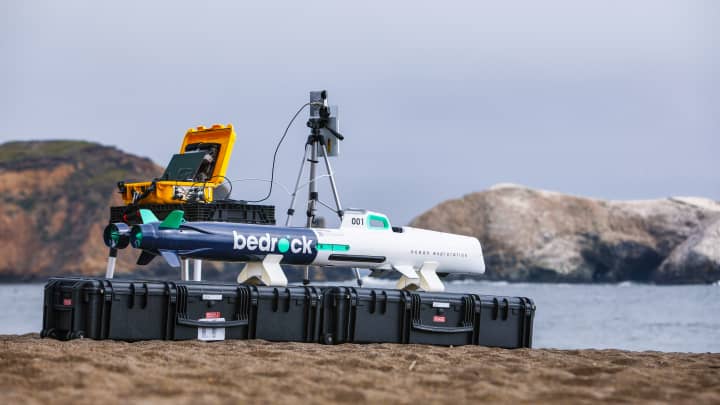Massive spacecraft may be what you have in mind whenever someone talks about exploring the final frontier, but scientists have a considerably scaled-down idea for exploring the depths of the world’s seas. Oceanic seabeds, some of the last unexplored places on Earth, may now give up their secrets thanks to the use of robotics to scan and map the bottom of the sea.
Who’s taking the lead here?
Seatrec, a company that’s just five years old, is one of the companies taking a shot at exploring the seafloor.
Founded by oceanographer and former NASA employee Yi Chao, the company has developed exploration ‘bots that can be powered by the naturally shifting temperatures of the ocean. A more sustainable approach to underwater exploration, Seatrec has its own floating exploration device. The power module used in it may also be used in existing mobile data-gathering equipment.
How does it work?
Seatrec’s technology is just the latest in a growing roster of sensor-equipped exploration vehicles for going over the ocean floor. However, what has kept the current generation of ocean ‘bots from delving farther and deeper into the water is the fact that these are battery-dependent and have to be taken back to land for recharging.
The Seatrec float, on the other hand, can easily move between the colder and warmer areas of the sea without issue. Instead of relying on a battery that needs charging, materials within the power module will either melt or solidify to produce enough pressure, powering a generation within to keep the robot moving.
According to Chao, this sea-powered device can go on indefinitely, and the cost is somewhat reasonable: $45,000 – $20,000 for the float and an additional $25,000 for the power module. Seatrac currently makes less than a hundred of these sea-powered floats a year for marine biologists and other researchers. Chao added that the technology is scalable, and the energy module can easily be adapted for older underwater mapping devices.
Not the first, but certainly not the last
Seatrac is not the only company or initiative currently scanning the ocean floor.
XOCEAN is surveying from the surface, while Bedrock Ocean Exploration uses its own sonar-equipped electric sub to do seabed surveys more efficiently.
Likewise, the Seabed 2030 Project is doing its part to drum in the importance of the world’s seabeds with the end goal of mapping the entire ocean floor by the end of the current decade.















